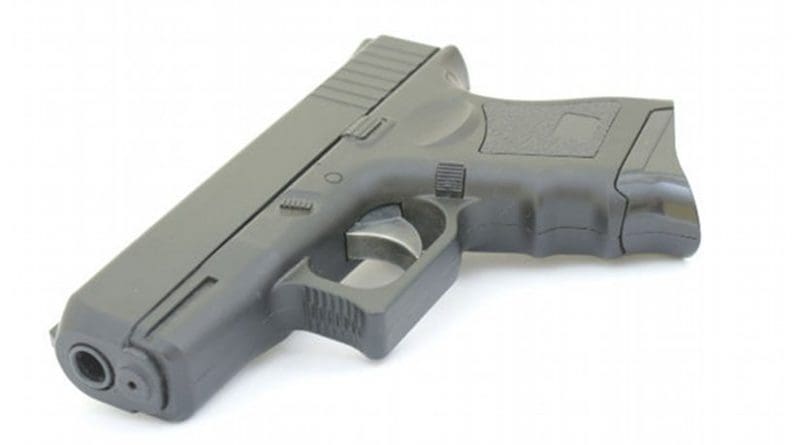EU Moves Forward On Tightening Control Of Firearms
The Permanent Representatives Committee confirmed on Tuesday, on behalf of the Council, the agreement reached with the European Parliament on the proposal for a directive on control of the acquisition and possession of weapons, which reviews and completes the existing directive 91/477/EEC.
“Current European laws on firearms have been in place since 1991 and in the aftermath of the series of terrorist attacks in Europe, the need to address shortcomings in existing legislation has become ever more urgent,” said Robert Kaliňák, Minister for the Interior of Slovakia and President of the Council. “This agreement provides for tighter controls which will help prevent the acquisition of firearms by terrorist and criminal organizations”
The current Council directive 91/477/EEC on control of the acquisition and possession of weapons was originally designed as a measure to balance internal market objectives and security imperatives regarding “civil” firearms.
The amending proposal was submitted by the European Commission on 18 November 2015 against the backdrop of a series of terrorist acts that took place in Europe and which brought to light gaps in the implementation of the directive.
The amendments, which address risks for public safety and security, would make the traceability of firearms easier by strengthening the rules on marking of firearms, by providing, among other things, for a new obligation to also mark all their essential components.
In turn, this information would be recorded in national data-filing systems. For this to happen, member states will now have to ensure that dealers and brokers register any transaction with firearms by electronic means and without any undue delay.
The amendments would also address measures on deactivation and reactivation or conversion of firearms by providing for the classification of deactivated firearms under the so-called category C, that is, firearms subject to declaration. Until now, deactivated firearms have not been subject to the requirements set by the directive.
Moreover, the revision includes a new category of salute and acoustic weapons. These are live firearms that have been converted to blank firing ones, for example, for use in theatres or television. These weapons were so far not included in the scope of the directive, and so they posed a serious risk for security: in the absence of more stringent national provisions, such firearms could be purchased freely. Given that their reconversion to live ones was often possible with limited efforts, this posed a risk. For example, such firearms have been used in the Paris terrorist attacks. The new wording of the directive ensures that these weapons remain registered under the same category as the firearm from which they have been converted.
Banning civilian use of the most dangerous semi-automatic firearms
Besides strengthening the rules for their acquisition, some semi-automatic firearms have now been added to category A and thus prohibited for civilian use. This is the case of short semi-automatic firearms with loading devices over 20 rounds and long semi-automatic firearms with loading devices over 10 rounds.
Similarly, long firearms that can be easily concealed, for example by means of a folding or telescopic stock, will now also be prohibited.
Under the amendments, the most dangerous firearms of category A can only be acquired and possessed on the basis of an exemption granted by the relevant member state. The rules for granting such exemptions have now been significantly strengthened. Possible grounds, such as national defence or protection of critical infrastructures, are now set out in a limitative list and the exemption may only be granted where this is not contrary to public security or public order.
When a firearm of category A is required for a sports-shooting discipline, it can only be acquired under strict rules relating among other things to proven practice recognised by an official shooting sport federation.
Concurrently provision of article 7 para 4a gives the possibility to confirm authorisations for semi-automatic firearms (new point 6, 7 or 8 of category A) legally acquired and registered before this directive will come in force.
Now that the agreement has been confirmed by the Permanent Representatives Committee, on behalf of the Council, the directive will be submitted to the European Parliament for a vote at first reading, and to the Council for adoption. The Council will inform the Parliament formally via the usual letter, with a view to reaching an agreement at first reading.

